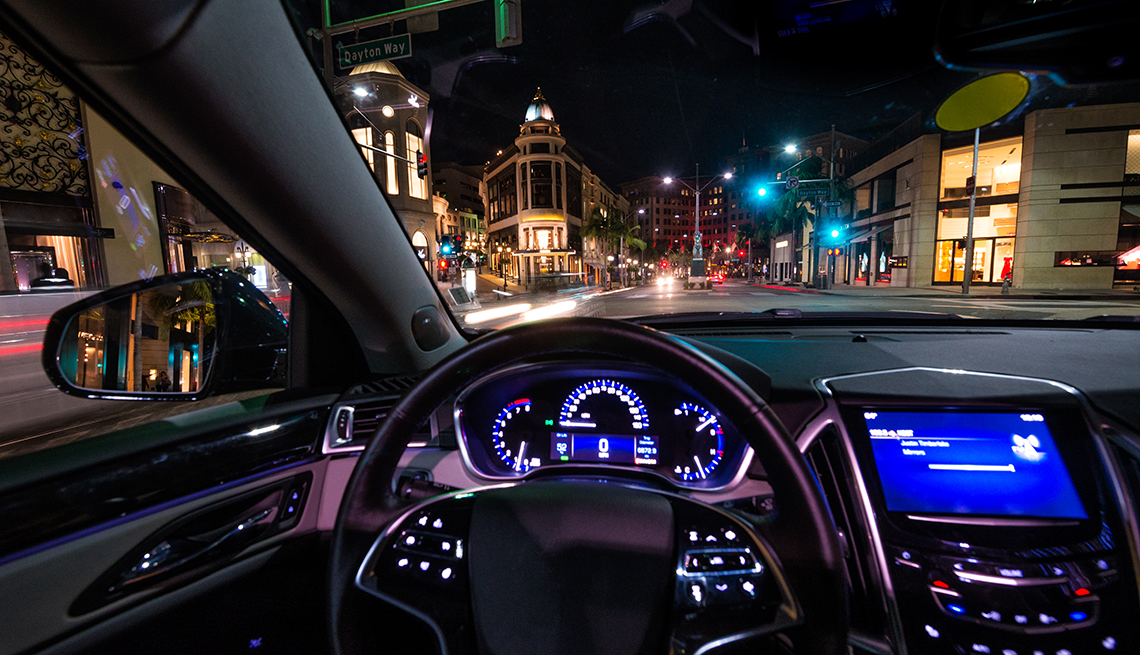
Will you have to start paying subscription services for your car?
- Select a language for the TTS:
- UK English Female
- UK English Male
- US English Female
- US English Male
- Australian Female
- Australian Male
- Language selected: (auto detect) - EN
Play all audios:

It’s easy to assume that these subscription services are just a way to squeeze more money from consumers, but they also offer distinct advantages for car owners. “A lot of these cars have
new technology that needs to be updated,” Barry says. “There is a benefit to updating software in cars. Now you don’t have to update by bringing a car into the dealership. They can just beam
it out to you.” In some cases, it’s fixing glitches in the software that came with the car; in others, it’s rolling out a new feature that makes the car better. “As cars learn more about
their environment, they report that back to their manufacturers,” Jominy says. “Things like adaptive cruise will get smarter over time. It’s very costly work, and some of that makes sense.
If you want to have the latest in adaptive controls, it’s going to cost more.” Tesla already charges to bump up its Autopilot features. Every new Tesla comes equipped with the basic
Autopilot package, but you can pay more for Enhanced Autopilot or, for an additional $199 per month, you can sign up for what the company calls Full Self-Driving Capability. A USED CAR
OPPORTUNITY The feature subscriptions might be even more significant in the used car market than with new cars. “I definitely see it as giving consumers more options post-purchase. When
you think about it, cars have a long life [and] the second owner is stuck with the car the original owner bought,” Jominy says. “This allows the second and third owners to have a car that is
more to their liking. And it allows automakers to make money over the life of the car.” There is the potential concern, however, should carmakers begin charging for more than truly
optional add-ons but rather necessary safety features. “We absolutely hope that doesn’t happen,” Barry says. “That there are safety issues missing from vehicles — I certainly hope that
automakers wouldn’t do that. Where it gets tricky are the convenience features. Things like adaptive cruise control and lane centering. They aren’t necessary safety features, but they do
make a drive less stressful and more comfortable.” And don’t be surprised to see people finding a way around the fees. There are already stories about vehicle hackers who are working on
ways to unlock features the carmakers want consumers to buy. Will consumers accept fees for automotive features? There was a time not long ago when the idea of paying to watch television
seemed ridiculous. Then along came basic cable, followed by premium services like HBO. Now nearly every household pays for some form of streaming content. And just as the TV landscape
evolved, Barry has no doubt the automotive world will see a shift as well. “The power of the subscription model has been proven in so many different industries,” he says. “In some form or
another, we’re going to be paying for our cars differently than we were five years ago or 10 years ago.”
